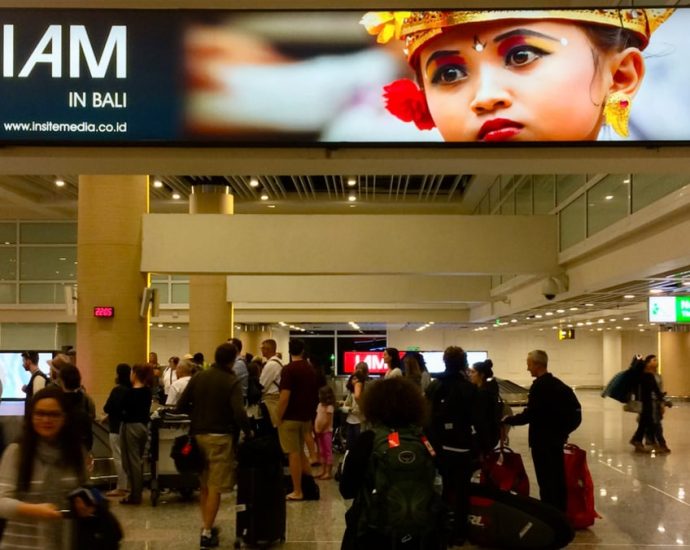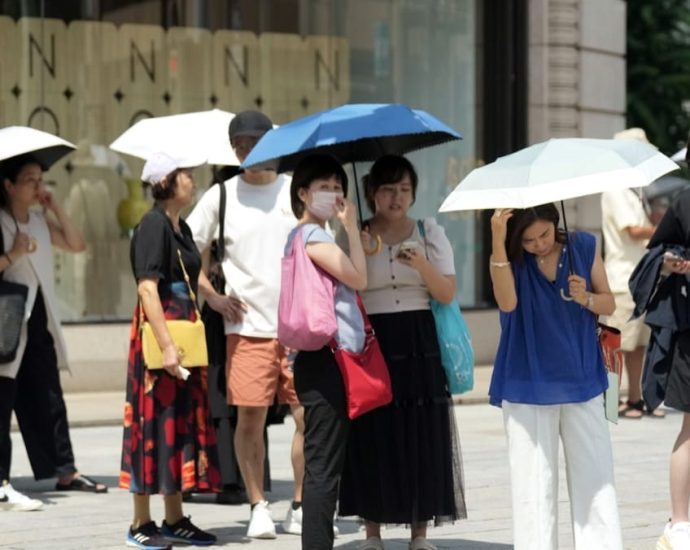Indonesian police given sole power to grant abortions for rape victims
JAKARTA: New rules issued this week by Indonesia will make the police the only authority allowed to give the go-ahead for abortions for rape victims, drawing criticism from rights activists who said the changes were regressive. Abortion is illegal in Indonesia, home to the world’s largest Muslim population, except inContinue Reading













